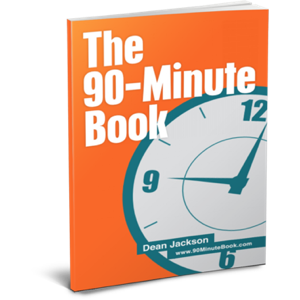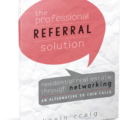In this post, we discuss two ways to create content. One method is using other people’s expertise to add value to your book, and the other is leveraging external factors like regulation and technological changes. for the full podcast episode and transcript, click here.
other peoples expertise
The key to locking down on content ideas is by starting from the position of ascertaining what it is that is most valuable to your audience. By identifying the most pressing questions and discovering the conversations that they are currently having in their minds.
The answers to these questions don’t necessarily need to be answered by you, but you need to be aware of them. Sometimes you can start from the position of, this is the question, and this is the information on the topic out there, here is how we can package it and give the readers the most value while motivating them towards a buying decision with you further down the track.
Most don’t take this approach because of a mental block. The thought that the knowledge they are packaging needs to be theirs and that their name needs to be at the forefront of the package, basically setting themselves up as the authority in that field.
With books, there is a genuine fear that the focus should always be on the author; mentioning other sources might draw attention away from yourself and those sources.
Here at 90-minute books, we believe there is merit in acting as the curator. Compiling valuable information, referencing others and giving them full credit add to the conversation. In this sense, you are still considered the thought leader as you bring this information together. What is important is the value addition and answering the question that your title promises to answer.
leveraging external factors
The second way of sourcing content for your book is by leveraging external factors. By anticipating changes in external factors, you can uncover invisible leads and release information related to these changes.
These changes include regulatory, technical, political or time-based changes. The benefit of the speed and cost-effectiveness of the 90-minute book model is that you can be the first on the market to address the questions that are sure to come with all these changes.
It is important to choose your external factors wisely. For example, with regulatory changes that occur annually, if IRA regulations change, coming to the end of the tax year, whatever the tax guidelines change, these things are very timely. There’s a swell of people of your audience, your potential audience, and a swell of people looking at that particular time because the process that we’re describing is fast and cost-effective.
You could plan to write four books a year answering four particular questions, knowing that over the course of a year, four regulatory-based things will change. Then you can write the updates to it.
Hopefully, these two methods have opened up possibilities you had not yet considered in writing your book. when you are ready to entrust us with guiding you through the journey, you can contact us at support@90minutebooks.com.











